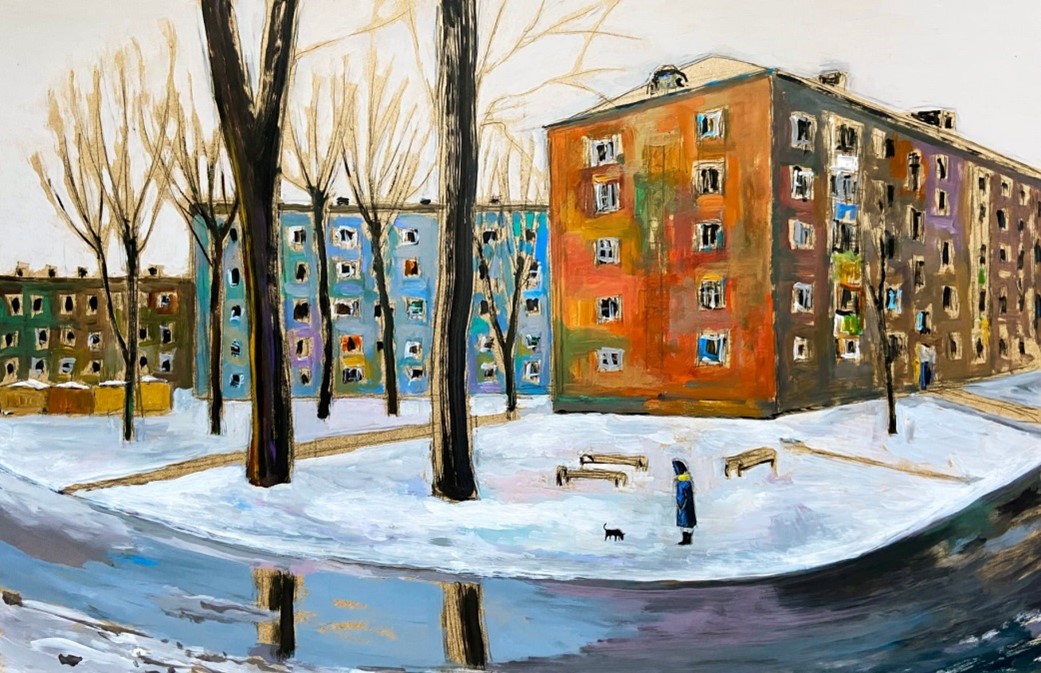The exhibition by one of the leading artists of both capitals opened at Erarta from January 23
In the early 2000s Dmitry Shorin announced himself as the author of a new contemporary artistic language. His work stood out against the other contemporaries, who were still striking for the ideas of nonconformity and aesthetics of neo socialist realism. Shorin’s language was simple and straightforward, therefore it attracted a broad audience. The artist generously enriches his paintings with mass-media, entertainment, and glamour features. His visual method is cinematic: each painting is a kind of a still frame. You feel motion, rhythm, and at the same time see the details, since it is static. Using easy for understanding and citing tools of mass culture, the artist creates a world far more complex than its external form. His main heroes are glossy and fragile young girls placed in the context of harsh reality. They are still unattainably gorgeous, but seem much closer to the viewer: they breathe, feel, and suffer from physical pain. Shorin breaks the boundaries between the elite, beautiful and mass scale. Likewise a film director, he makes the reality to obey his own rules turning the intelligent and complex into simple, at least outwardly. The viewer always has the opportunity to find what he’s been searching for.
Visual appeal of Shorin’s canvases doesn’t obscure his intention for deep philosophical understanding of life. Each of his projects “Girls from the Next House” (2003), “Appetite” (2004), “Time not Forever” (2006), “Holidays” (2011) “We are (not) Alone” (2012), “Private Space” (2013), etc. opens to the viewer a whole new world, flavored with irony, brightness, sensuous temperament, natural sexuality, lust for life, pleasure, and consumption. Shorin keenly feels reality, serving this dish under the rich sauce of glossy aesthetics.
“Analogue of God” reveals the topic of totemism and fetishism. Modern urban dwellers drown and lose themselves in constant information flows. To get back on their own way they need a lighthouse, Something or Someone, who will keep them afloat. In ancient times, this role was given to stone statues of pagan deities. Today it can be anything from professional occupation to a beloved person, who we admire as a saint.
“People feel lonely and abandoned without adoration of the great and the unknown, — says Dmitry Shorin. — From ancient gods to shamanic spirits. From handmade cult things to sainted personalities. From phantasmagoria to fetish and even calendar events. When we are children we are ready to sell our soul for a ride in the neighbor's pedal car. Growing up, we die for a record of ‘Rolling Stones’ or a new bike. And as adults we try to saint the art or the beloved ones. Sometimes a glance to the sky and realizing of universal riot inspires us to faith”.








